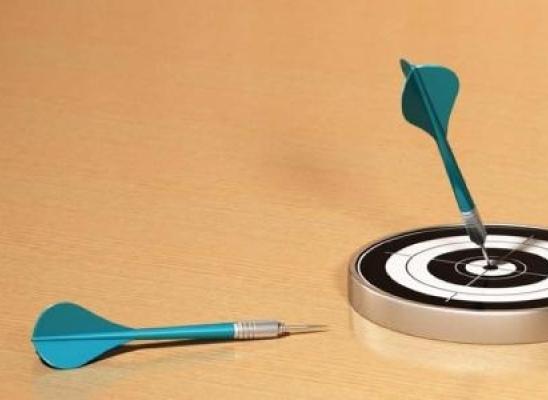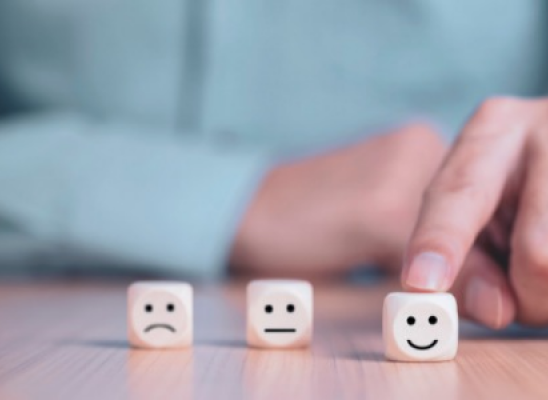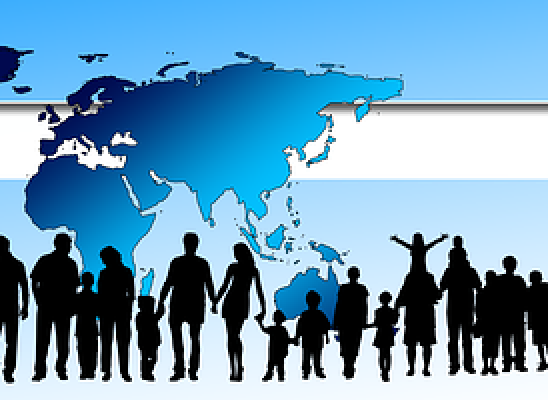Clinical correlates of symptom severity in skin picking disorder
Online test
Find out the severity of your symptoms with this free online test
Excoriation disorder, or skin picking disorder, rarely occurs alone. There are many clinical correlates that when understood, help put the severity of skin picking symptoms in perspective enabling the development of more effective treatment plans.
Co-occurring disorders as correlates
The term “co-occurring disorders” refers to the existence of multiple mental health diagnoses experienced by one person at one time. Referring to correlates means anything that influences another thing in either a positive or negative direction. Many people who struggle with skin picking disorder will attest that they struggle with more than picking behaviors. The most common clinical correlates of skin picking disorder are obsessive-compulsive disorder, other body-focused repetitive behaviors, impulsivity, anxiety, depression, and shame. There are more issues that correlate with skin picking disorder, however, research seems to focus on these.
Obsessive-compulsive disorder
There is a relationship between obsessive-compulsive disorder (OCD) and skin picking disorder. Skin picking is considered a disorder on the OCD spectrum of disorders and they are often misdiagnosed or mistaken for each other. About 8-21 percent of individuals who have OCD will have a co-occurring skin picking disorder1. The more significant correlation is that those with OCD in their family history are more likely to develop skin picking disorder than those who do not, suggesting a genetic link1. However, in one study, people with skin picking disorder were more likely to have co-occurring body-repetitive behaviors such as nail biting or trichotillomania while people with OCD were more likely to have co-occurring body dysmorphic disorder1.
Diagnostically, it is significant if skin picking is a result of OCD or separate from OCD because treatment will be approached differently. Those who have both, however, are more likely to have more severe picking behaviors that are driven by compulsions. In that case, skin picking may be considered a symptom and treatment may focus on getting more information about the OCD compulsions and treating them. An expert mental health professional who specializes in body-repetitive behaviors will be able to help you determine if OCD is involved with skin picking disorder.
Body-focused repetitive behaviors
Other body-focused repetitive behaviors, such as hair pulling and nail biting, tend to co-occur and when they do, the behaviors are more likely to be “focused” or done with full awareness in response to an urge, trigger, or mood than those without multiple body-focused repetitive behaviors6. In this case, identification of the urges, triggers, and moods along with habit reversal training can be helpful in managing the disorder.
Impulsivity
In research, there are multiple types of impulsivity. Attentional impulsivity is the ability to keep attention on something while motor impulsivity is the ability to control behavior3. Research suggests that there are multiple brain systems involved with impulsivity, and if those can be identified, medications can be developed to moderate the impulsivity4. Some people with skin picking disorder that is strongly correlated with impulsivity may benefit from a medical treatment that calms those systems4. Those with skin picking disorder who score high on attentional and impulsivity measures are more likely to have more severe picking behaviors3. While neuroscience continues to work on finding ways to counter impulsivity through medicine, there are cognitive behavioral therapies that focus on the different types of impulsivity.
Anxiety and depression
Anxiety and depression are also strongly correlated with skin picking disorder. Multiple studies found that those with skin picking disorder and high rates of anxiety experienced more severe symptoms3. The same occurs with depression. These findings are consistent in the research; however, it seems to be a cycle of behavior and anxiety intermingled with skin picking behaviors where it is difficult to discern which causes the other3. Picking may trigger anxiety, anxiety trigger picking, or both. Many experts agree that the initial trigger does not matter, only that treatment should include addressing anxiety and depression as well as skin picking.
Shame
Shame is a negative evaluation of self that affects mood, thoughts, and behaviors. Shame is not just a negative evaluation of a behavior or habit. The negativity surrounding a behavior or habit is generalized to the whole person and one ends up feeling like a bad person because they engage in a behavior. Those who experience shame tend to socially isolate, hide feelings and behaviors, and have higher severity of symptoms not only of skin picking disorder, but anxiety and depression5. Shame is also associated with higher suicide risk and functional impairment5. People with body-focused repetitive behaviors experience a tremendous amount of shame because the disorder usually results in physical changes noticed by others. The responses of others are not usually supportive due to the stigma attached to the behaviors. Treatment for skin picking disorder needs to address shame and its influence on a person’s thoughts, emotions, and behaviors.
Effective treatment looks at care for the whole person and understanding the clinical correlates to skin picking disorder can help people in recovery create treatment plans that will work on the issues faced by that person.
References
1 Grant, J. E., Odlaug, B. L., & Kim, S. W. (2010). A clinical comparison of pathological skin picking and obsessive compulsive disorder. Comprehensive Psychiatry, 52, 347-352.
2 Grant, J. E., Odlaug, B. L., Chamberlain, S. R., Keuthen, N. J., Lochner, C., & Stein, D. J. (2012). Skin picking disorder. American Journal of Psychiatry, 169, 1143-1149.
3 Grant, J. E. & Chamberlain, S. R. (2017). Clinical correlates of symptom severity in skin picking disorder. Comprehensive Psychiatry, 78, 25-30.
4 Robbins, T. W. & Dalley, J. W. (2017). Dissecting impulsivity: Brain mechanisms and neuropsychiatric implications. Nebraska Symposium on Motivation, 64.
5 Singh, S., Wetterneck, C. T., Williams, M. T. & Knott, L. E. (2016). The role of shame and symptom severity on quality of life in obsessive-compulsive and related disorders. Journal of Obsessive-Compulsive and Related Disorders, 11, 49-55.
6 Snorrason, I., Belleau, E. L., & Woods, D. W. (2012). How related are hair pulling disorder (trichotillomania) and skin picking disorder? A review of evidence for comorbidity, similarities, and shared etiology. Clinical Psychology Review, 32, 618-629.
Online test
Find out the severity of your symptoms with this free online test
Start your journey with SkinPick
Take control of your life and find freedom from skin picking through professional therapy and evidence-based behavioral techniques.
Start Now



